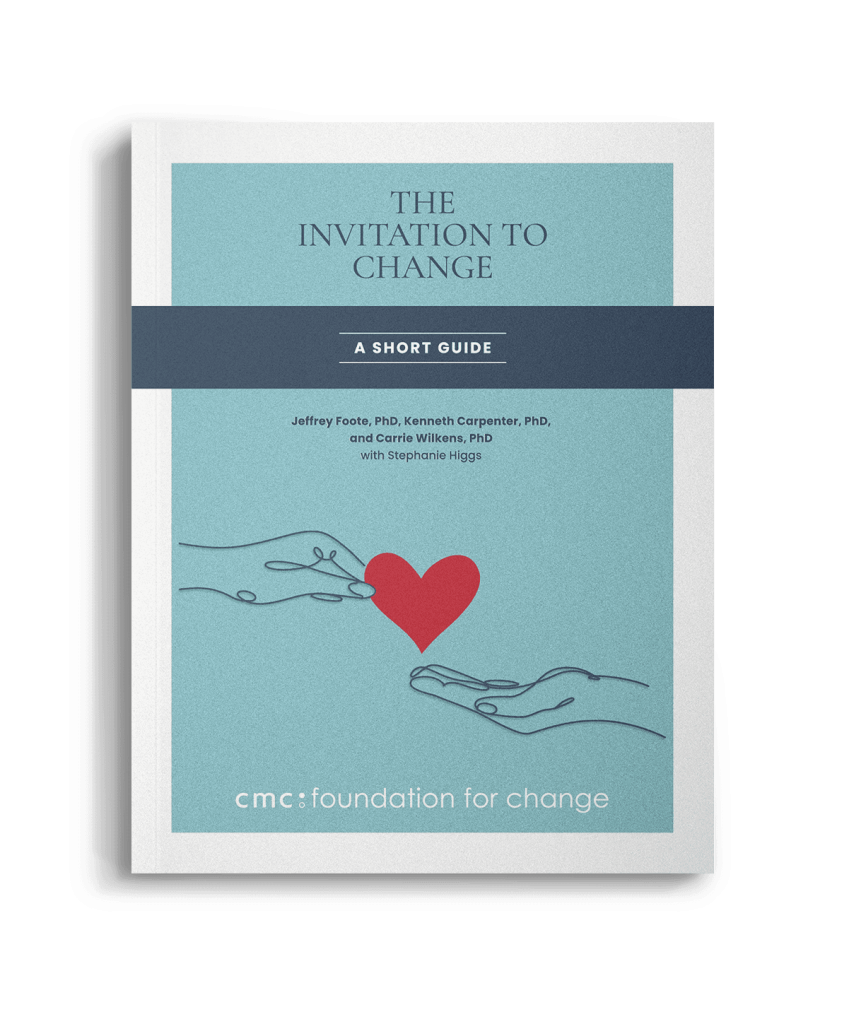The power of positive reinforcement for positive behavior -finding ways to acknowledge your partner’s moves in the right direction – is made all the more effective by how you address your partner’s negative behaviors. The bottom line? Let the negative consequences resulting from “negative” behavior be felt and heard. It may surprise you to learn that the direct, negative outcomes of your partner’s actions (late to work, missed social events, a cold supper)—what we call “natural consequences”—are among the most powerful promoters of change.
In many relationships, people have a variety of unspoken ways of punishing each other for negative behavior (scoffing, eye-rolling, cold-shoulder, punishing tone or yelling), but find it difficult to let actual natural consequences happen. You want to protect your partner from the effects of missing work, embarrassing himself in public or sleeping late – in part, of course, because it may impact you (and/or your whole family) negatively as well. From a behavioral standpoint, however, when you shield your partner from the uncomfortable result of his actions, he learns that there’s no downside. The net result? Why wouldn’t he continue the negative behaviors?
Of course, some consequences are too harmful to allow. You have to identify the negative consequences you can tolerate and let them “speak for themselves”; they will often be more convincing than anything you could say or do, and you will be relieved of the burden of arguing. The world is a powerful teacher if we let it be.
The combination of reinforcing positive behaviors and allowing the natural consequences of negative behaviors is more powerful than either strategy alone. With this “reinforcement,” your partner will experience for himself the connection between positive behavior and good things happening, and start to recognize his role as the producer of good (or bad) things in his life.
WHAT IS “ENABLING”?
It’s important to understand this often misused word. It means softening or removing the negative consequences of another person’s negative behavior, which in effect encourages the continuation of that behavior. If you rush to get your partner out of bed for his brunch plans with friends, even though he stayed out too late the night before, he never has to face his upset friends. He never has to link his behavioral choice (staying out too late) with the natural consequence (upset friends). He only has to face your upset and stress, which are likely very common and easily tuned out.
The confusion? Many people think enabling means doing anything nice for a loved one who is abusing substances. If, in your anger and disappointment at certain negative behaviors (using drugs, coming home late), you withdraw all your positive attention (even when he is sober and trying to engage in a nice conversation), you create a negative environment that is not good for anyone, you or your partner. Making a difference requires understanding the difference:
Promote positive behaviors with positive outcomes.
Allow negative behaviors to have negative outcomes.
Simple, but hard to do. Keep practicing; you’ll get better at it, and so will your partner.
Next Page: Your Consequences: Making Them Happen


